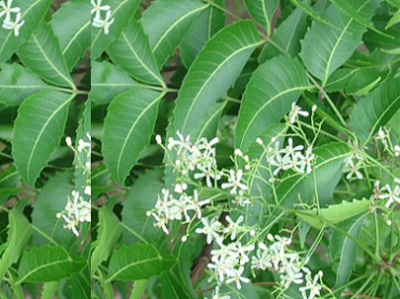Neem: Benefits, Uses, History, And Side Effects
What Should You Know About Neem?
The botanical name (or the scientific name) of neem is Azadirachta indica, and it is native to the Indian subcontinent. Typically grown in tropical and semi-tropical regions, the fruits and seeds of the tree are the sources of the much-acclaimed neem oil.
Has Antibacterial Properties
Studies have shown that neem possesses excellent antibacterial properties. And in addition, the leaves also have antifungal and antiviral properties. In fact, the properties in neem are so potent that inexpensive neem supplements are often used to control pathogens in manure
Helps Cure Asthma
Neem oil aids in asthma treatment and also helps control phlegm, fever, and cough. Have a few drops of neem oil every day, and increase the dose gradually. This should help. The oil is also used traditionally to cure asthma.
Aids In Ulcer Treatment
In another study, rats subjected to stress had experienced a reduction in gastric ulcers post neem supplementation. The neem extract was found to increase the amount of gastric mucus, which played a major role in the treatment.
Maintains Oral Health
Neem oil can play a major role in treating gum disease. Mouthwashes that contain neem extracts inhibit the growth of Streptococcus mutans in the mouth, a bacteria that causes oral issues. In fact, neem oil is added to certain toothpastes as the oil acts as a purifier and an antimicrobial agent.
Helps Treat Leprosy
As per an Egyptian study, neem seed oil can be used to treat leprosy. The study also claims that neem is non-mutagenic, which means it doesn’t lead to any undesirable changes in the DNA of the individual






